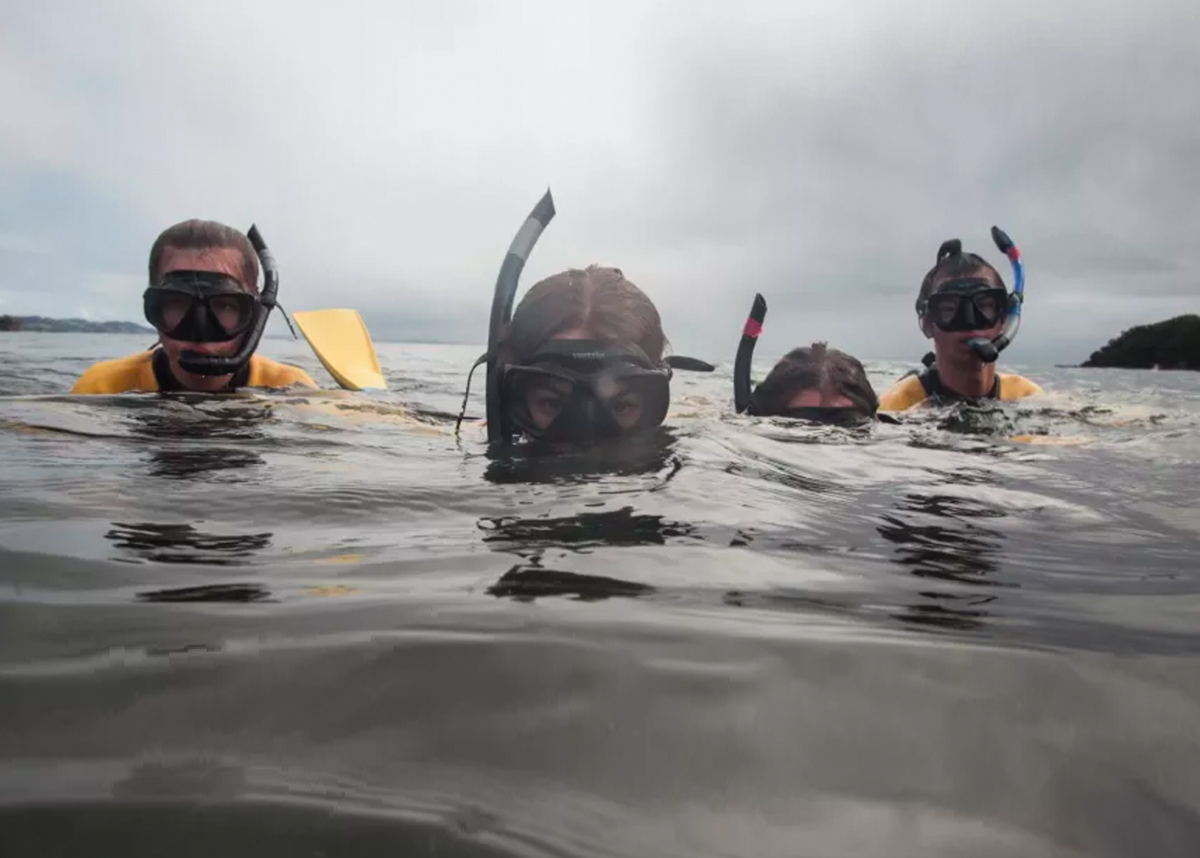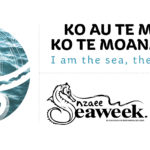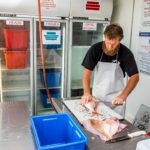The moment 15-year-old Kate McIntosh arrived home in Mosgiel after a week at the YouthEnviro Leaders’ Forum in Auckland, she immediately ransacked her family’s bathroom cabinets.
She was hunting for facial scrubs, body washes and even toothpaste that contain microbeads – tiny plastic particles, less than 5mm long, that are used to give products colour and texture. Trillions of them find their way into our waterways and oceans, where they can damage small marine animals, and soak up toxins which, moving through the food chain, can eventually end up on dinner plates.
Because of their impact on our marine environment, microbeads will be banned from New Zealand shelves in July 2018.
But that isn’t soon enough for students like Kate, spurred into instant action after taking part in a micro-plastics lab during the week-long YELF programme, run by the Sir Peter Blake Trust and the Ministry for the Environment.
“It’s crazy to think that something we wash our faces with every day is doing so much harm in our oceans,” says Kate, a Year 11 student at Northern Southland College. “I plan to talk to my school assembly and get all the kids, and teachers, to bring in their products containing microbeads so we can dispose of them in bulk.”
“I threw out my brother’s facewash, but trying to find an alternative at the supermarket that didn’t contain polyethylene [the most common plastic turned into microbeads] was really hard.”
Kate was not alone in her reaction. Many of the 59 other young environmental leaders from around New Zealand and the South Pacific who attended YELF, which focused on the health of our oceans, returned home and did the same.
Sir Peter Blake Trust’s environment programme manager, Bhakti Patel – who ran the lab showing the remarkable similarities between microbeads and plankton under a microscope – says some of the students want to recreate the experiment in their schools.
Patel, who has a Master’s degree specialising in marine science, says it gave the young leaders an immediate, achievable goal towards making a difference to the ocean.
“It’s astonishing how interesting plankton looks under a microscope – like little aliens. And after extracting the microbeads, they could see they were exactly the same shape, size and colour as plankton; it’s impossible to tell them apart. Fish don’t have microscopic eyes, so they can’t discern between them either,” she says.
The lab gave the students an understanding of how important plankton is in our ecosystem, where it sits in the food chain, and the bioaccumulation of plastics and toxins, that builds up through the food chain every time they are absorbed or eaten.
“We want them to pass on the message not to use those everyday products that contain microbeads. Look for one ingredient – polyethylene – and that will help make a difference.”
Patel says it was one of many “lightbulb moments” for the Year 11-13 students during the week of adventure-based learning, which addressed a number of topical issues facing the Hauraki Gulf and the waters beyond it.
During a beach clean-up on Rotoroa Island, now transformed into a wildlife sanctuary, the students watched up close as a pair of critically endangered Takahe nursed their baby chick. After snorkelling at the Goat Island Marine Reserve, one of the students started an “action plan” to create a marine reserve in her area.
Five of the young leaders were from the South Pacific nations of Samoa, Niue and the Cook Islands. “We share the same backyard, and some similar marine issues, but it was interesting for them to see how those issues are dealt with differently in a larger country,” Patel says.
The 55 Kiwi high school students were narrowed down from 400 applicants from throughout the country, and the Sir Peter Blake Trust team were astounded by their passion and energy to make changes to the environment at such a young age.
Students like 17-year-old Nelson College deputy head boy Neil MacMillan, who takes leftover vegetable oil from the school’s kitchens, filters it through old jeans, then uses it to power the diesel engine in his Toyota Hiace van.
“The cool thing about YELF,” says Trust CEO Shelley Campbell, “is that there’s such a diverse range of kids, but they all get their chance to shine. The athletic among them loved the Navy pushing their boundaries; the outdoors adventurers loved the snorkelling. The creative kids were lit up by the shadow puppet environmental shows with Sarah-Jane Blake [daughter of Sir Peter], and the debates and panel discussions did it for the orators.”
“These kids are the future of New Zealand – all with leadership potential and a passion for the environment. It’s not just about young people wanting to join Greenpeace anymore. The interest and desire to take action to improve our environment is being spread much wider and normalised across Kiwis in general.”
Kate McIntosh took away from YELF more than just a desire to clean out the family’s bathrooms. Fascinated by marine science and environmental policy, she also learned that there are many different facets to leadership.
“I was quite standoffish when I first arrived at YELF; I didn’t get as involved as I would have liked to until towards the end of the week,” she says. “So now I know that, from the start, you have to get into it, and get your hands dirty,” she says.
“Everyone has their own type of leadership. I know I’m not a natural-born leader, but you also need leaders who can listen, learn and delegate. Everyone should have the chance to lead, and it would be cool to help other kids at my small rural school, who have the potential but have never been chosen to be leaders, to learn those skills. So other kids like me, from rural Southland, can get the chance to make a difference.”








